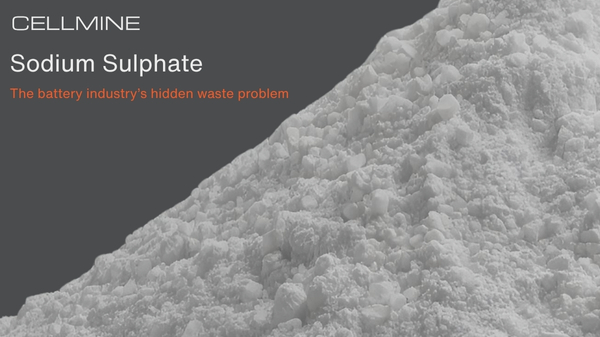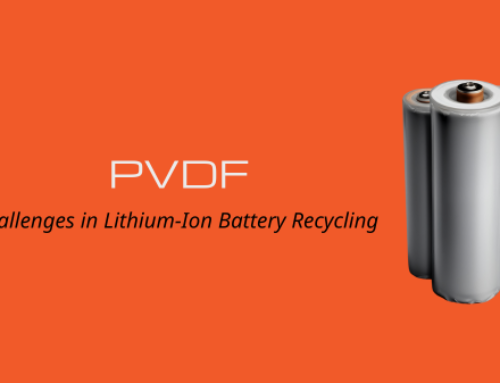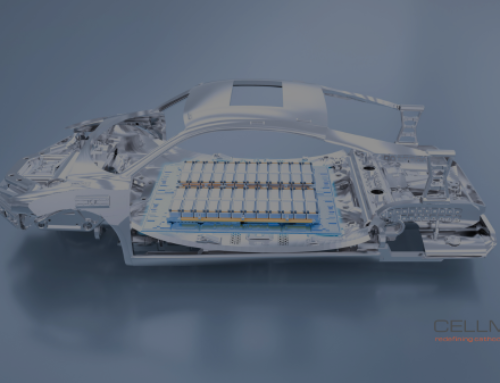By Andrew Diamond, Head of Engineering.
At CellMine we have a simple idea with a big impact: don’t make the waste in the first place.
Across the battery materials and recycling industry, sodium sulphate is a common by-product. While it may sound harmless, sodium sulphate presents real challenges for operators. It is not easily marketable in the large volumes that plants generate, discharge to waterbodies puts permits at risk and upgrading it is rarely economic.
Waste streams like sodium sulphate complicate and delay environmental permitting, increase a project’s footprint and create long-term liabilities. In effect, sodium sulphate is putting the brakes on the industry at a time when we urgently need sustainable, local and cost-effective supply chains to drive the global energy transition.
Our approach is different. Instead of managing sodium sulphate waste, we’ve designed a flowsheet that avoids creating it altogether. Our novel process reduces permitting hurdles, lowers operating costs and minimises environmental impact by simply not making the waste in the first place.
The result is CellMine’s cleaner, more efficient process that produces the materials we need without the baggage of unwanted waste streams.
About the author:
Andrew joined CellMine in January as Head of Engineering to drive process development, scale up and commercialisation. His career in battery materials includes process scale up of high nickel cathode materials and techno-commercial roles working closely with global customers and R&D teams.



